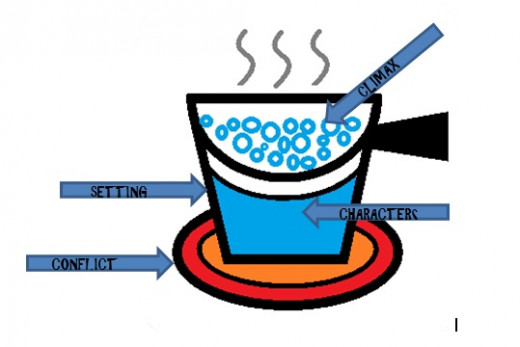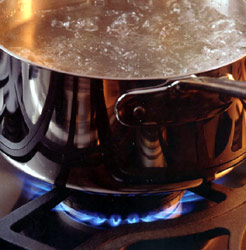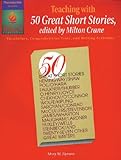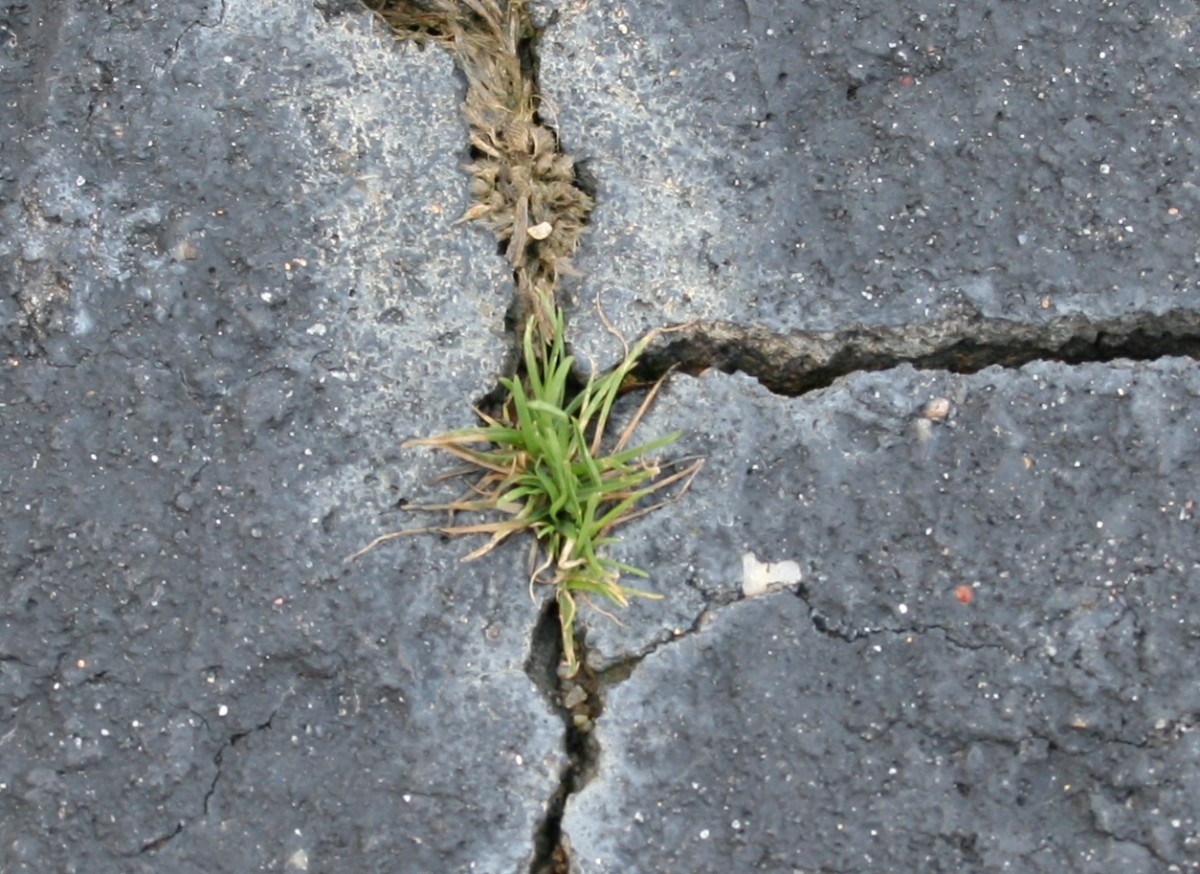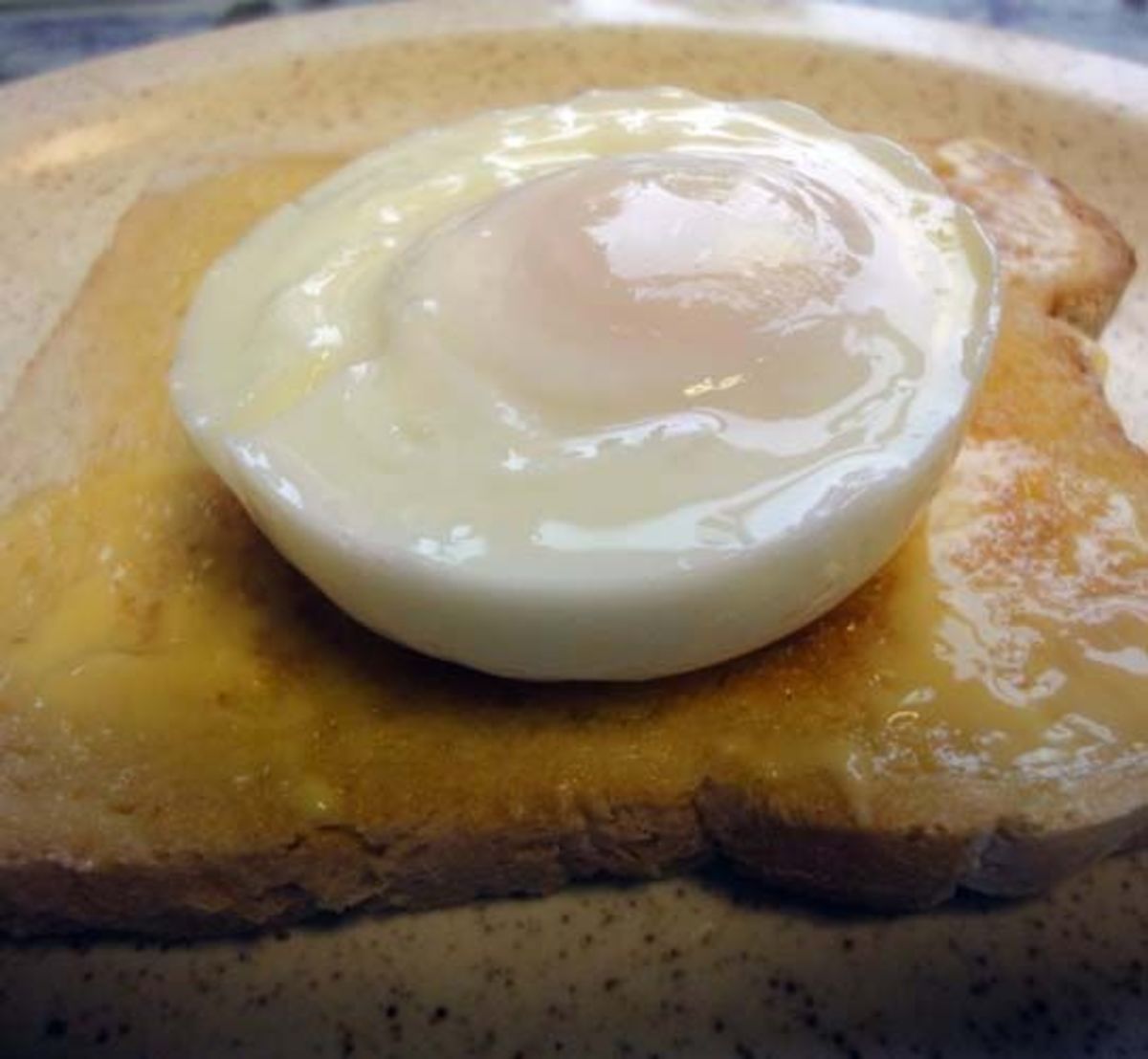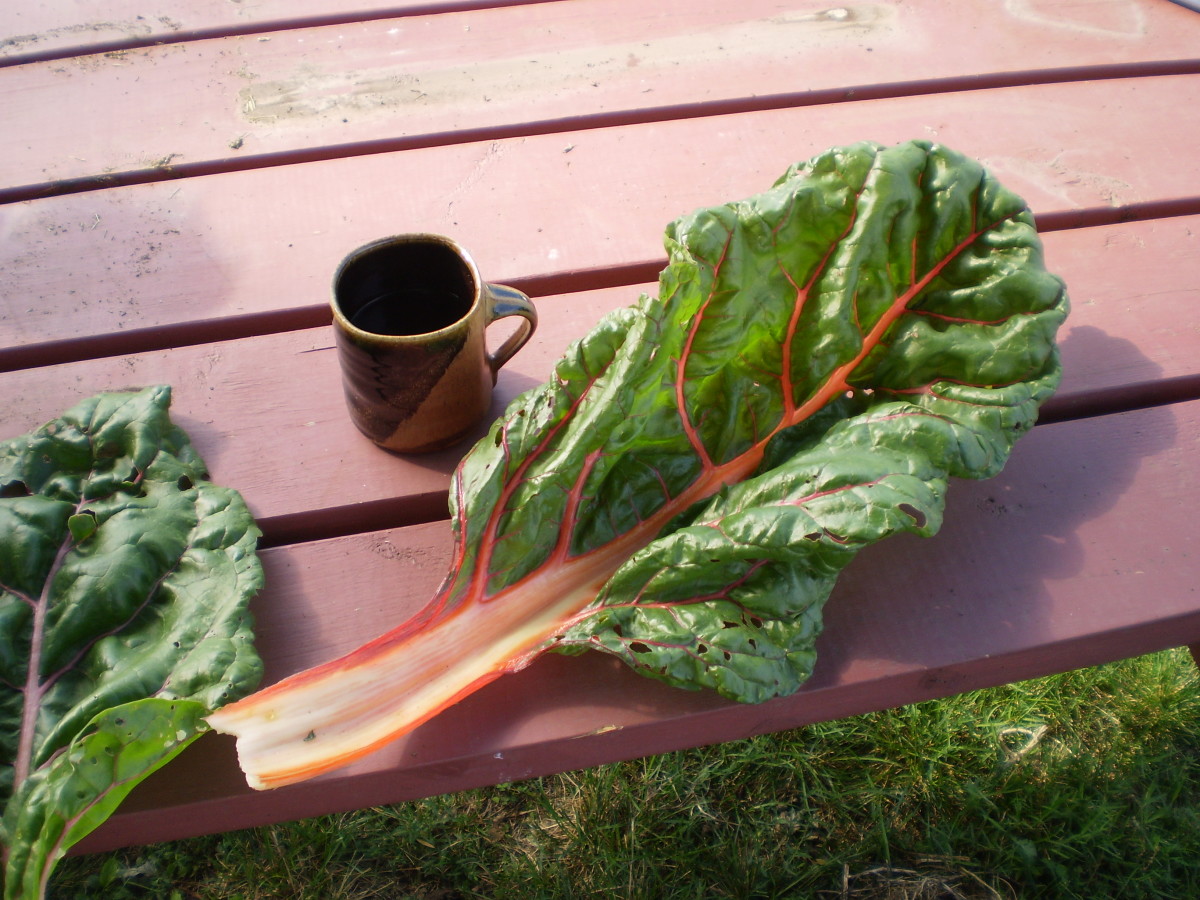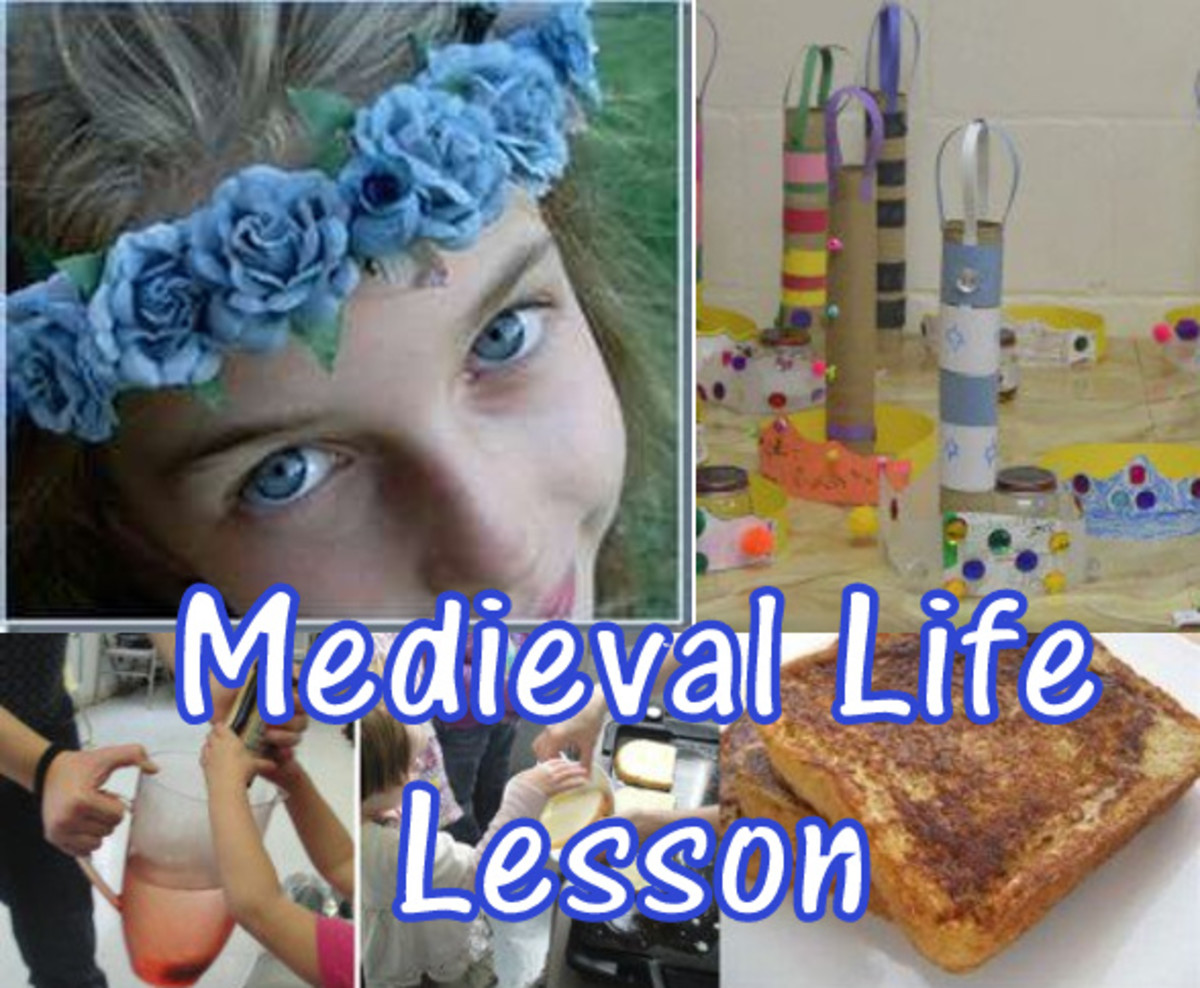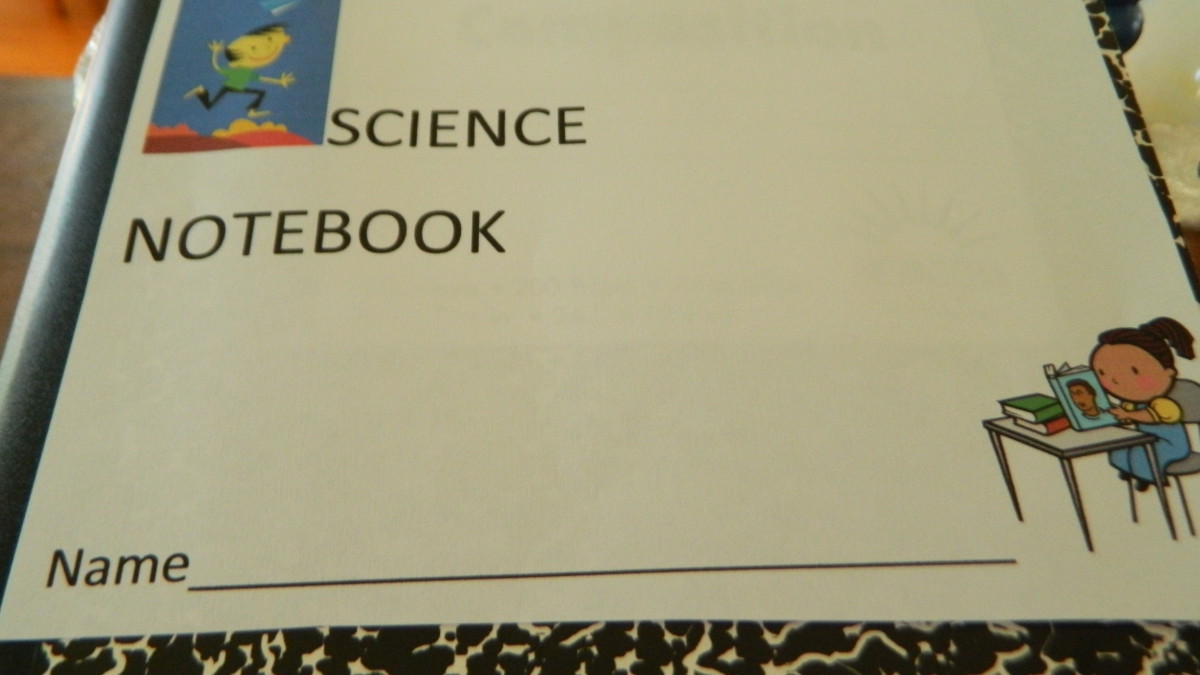How to Teach Short Story Elements: As Easy as Boiling Water
Short Story Elements: Creating a Metaphor
Elements of any story are essential for students to understand. It is crucial to be able to identify parts of the story in order to analyze and critically think about that particular text. Students do well when learning about elements of anything when there is a picture involved. Take for example, essay writing and my Sandwich Strategy. When a student can take an everyday thing and associate it to a new concept, he or she is more likely to grasp the material.
In teaching elements of a short story, necessary in a Common Core classroom, comparing the smaller elements to a pot of boiling water is useful as it helps the students to visualize the material in a familiar context.
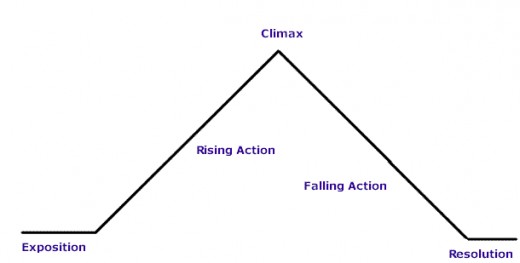
The Pot, The Water and The Heat
When teaching about plot, the go to is always the plot diagram. It is a chart that is helpful for students to learn to identify parts of the plot and can be used to label the plot: exposition (introduction), rising action, climax, falling action and resolution (conclusion). The plot diagram certainly has its place, but I like to teach my students using the pot of water.
Three elements of the pot of water represent the exposition of the story: the pot, the water, and the heat applied to it.
The pot represents the setting. It is important to remember to tell students that setting isn't just time and place; setting represents cultures, ideas, and beliefs as well. Describe the features of the pot like the features of the setting. Is it an old pot or new pot? Is it a non-stick pot? Is it a clean pot or a grimey pot? Is it a big pot or a small pot? Is the setting in the past, present or future? What is the climate like? What do the people in that place or time believe? What are the traditions?
After identifying the pot (setting), discuss the water in the pot. The water represents the characters in the story. There can be a lot of characters and there can be few characters (Is there a lot of water or a little water?) What are the characters like (Is the water really warm or cold?).
The final part of the exposition is the heat. The heat applied to the pot represents the conflict. It is important to mention to the students that the conflict is usually identified in the exposition, but the conflict is really what drives the plot. Without the heat, we would never have a boil.
The next part of the plot is the rising action, or where the plot starts to progress and characters start to act or react to the conflict. This is where the heat starts to affect the water and things start moving around. We know something is going to happen because there is movement in the pot and there is steam coming from it.
The pot eventually erupts into the rolling bubbles of a boil. This is representative of the high point of the story, or the climax. It is a result of the conflict (or the heat).
After the boil, or the climax, there is some sort of logical reaction to the climax. This is the falling action, or perhaps when the pasta is added to the pot of boiling water. The plot starts to wind down as the characters react to the climax.
Finally, there is the resolution. It is when the pasta can be removed, drained and served. Resolution marks the end of the story, but it is important to note to the students that it doesn't necessarily mean all is solved and there is happily ever after. It simply means the story has come to some sort of conclusion.
Using the pot as a reference helps students build together the pieces. It may not work for everyone, but it is certainly worth using for differentiation purposes!
